DTC is a dynamic traction control system used by both cars and Motorcycles are equipped by BMW. It is part …


DTC is a dynamic traction control system used by both cars and Motorcycles are equipped by BMW. It is part …

ASR is an electro-hydraulic active safety system that prevents wheel slippage prevented. This system has been installed in vehicles from …
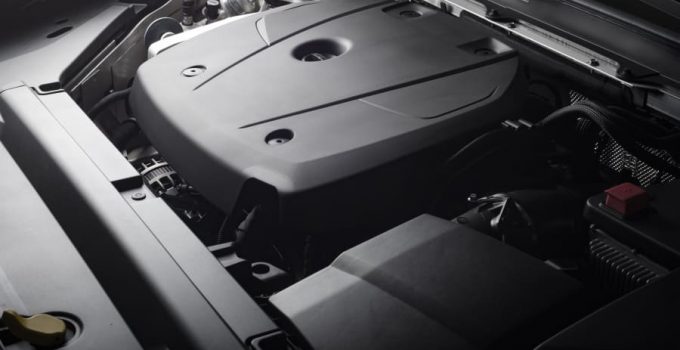
D3, D4 and D5 are turbocharged diesel engines powered by equipped with a common rail injection system and installed in …

TRACS is an anti-slip system for Volvo vehicles with four-wheel drive. It optimizes the car's traction on slippery surfaces. This …
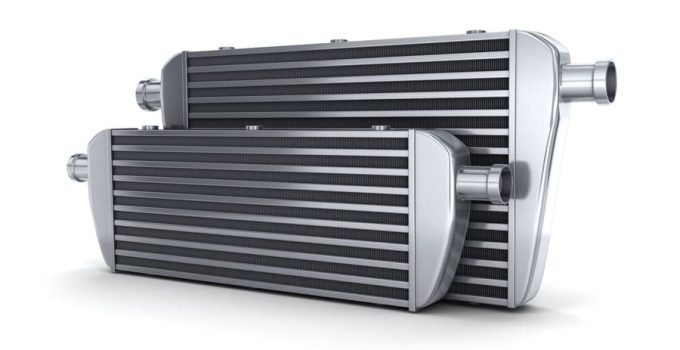
An intercooler increases the performance of your vehicle. In the following article, we will explain not only the function, but …

CRDe, mEagle, m2DiCR, mFalcon, mHawk and mPower are mainly turbo diesel engines equipped with the common rail fuel injection system. …

EBD is the abbreviation for Electronic Brakeforce Distribution, in German: electronic brake force distribution. As far as electronic control algorithms …
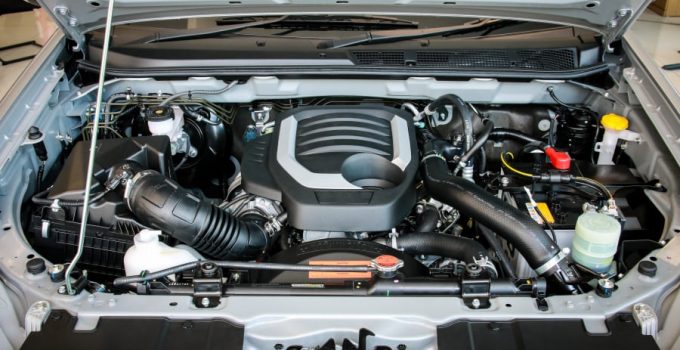
iTEQ (DDi iTEQ) is a range of diesel engines from Isuzu engines. The first engine of this series was introduced …
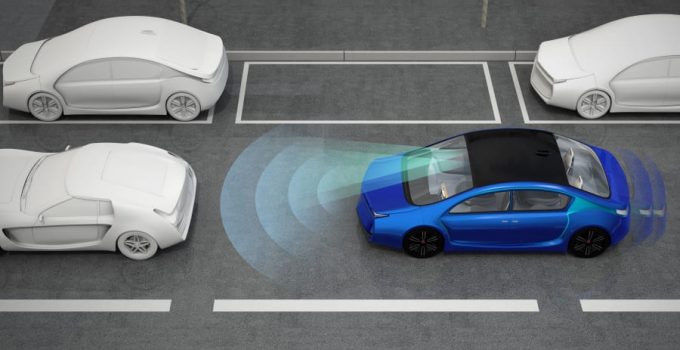
Brake assistants are emergency braking systems used in models from Mercedes-Benz, BMW, Volvo, Toyota and some others are used. These …

If you love your vehicle and you also care a lot about the exterior of your vehicle, then you belong …
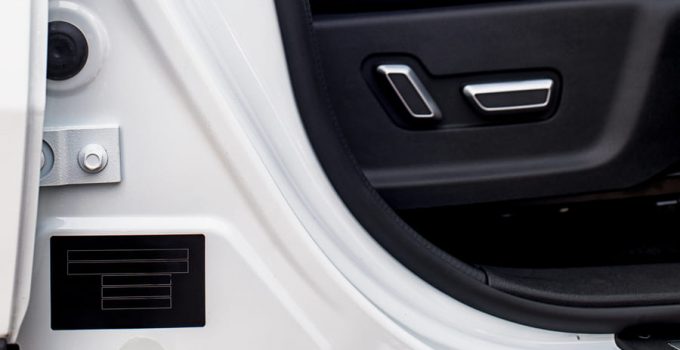
When buying a used car, you have probably asked yourself how you can actually know that the vehicle you want …
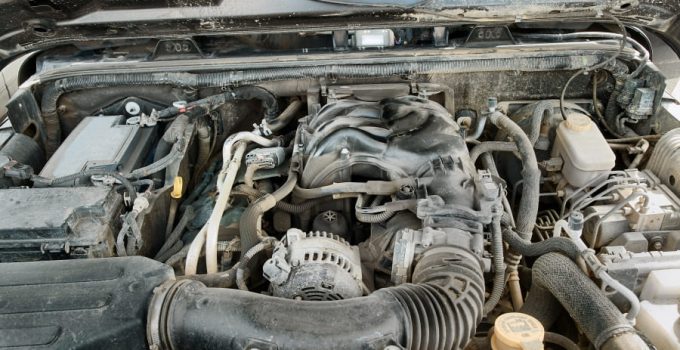
CRD engines are direct injection turbocharged diesel engines used in models from Chrysler, Dodge and Jeep are installed. They have …
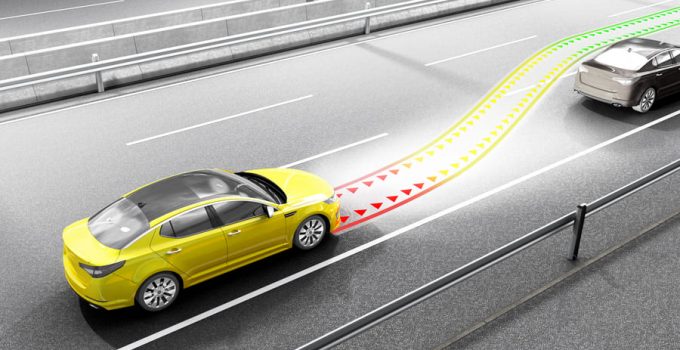
VDIM (Vehicle Dynamics Integrated Management) is an integrated technology, with which the dynamic parameters of the vehicle can be controlled. …
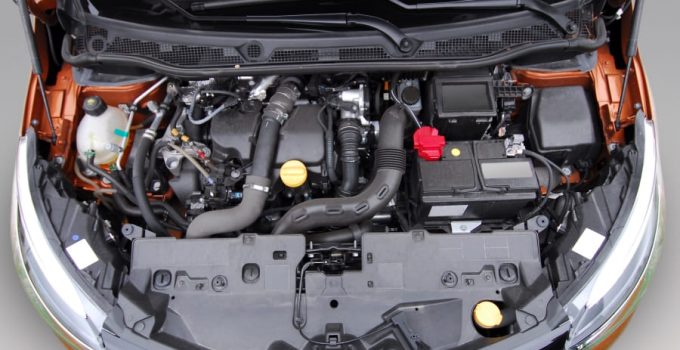
DDiS are turbocharged diesel engines that use a common rail -injection system and used in Suzuki models. They have been …

CRS stands for Common Rail Direct Fuel Injection System and refers on diesel engines, with which the passenger cars and …
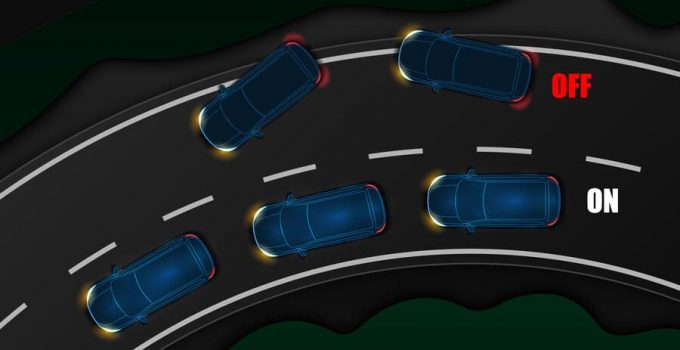
VDC (Vehicle Dynamic Control) is a stability control system used in Alfa Romeo, Subaru, Fiat, Nissan and Infiniti cars. It …
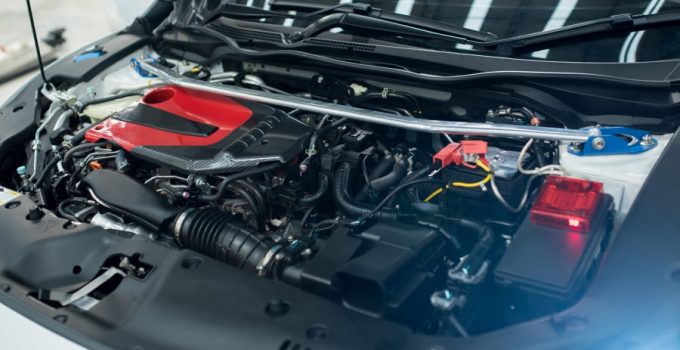
i-CTDi and i-DTEC are designations for diesel engines, which are equipped with a turbocharger with common rail direct injection system. …
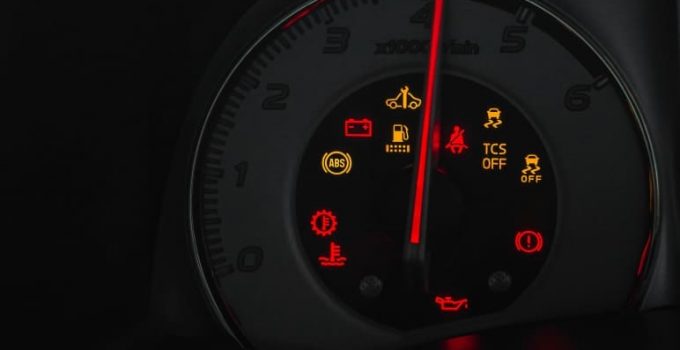
TCS is the abbreviation for Traction Control System, which is used in vehicles installed by Audi, Peugeot, Volkswagen, Fiat, Renault …

S-matic is a feature used on Honda Automatic transmissions installed in cars can be shifted manually. S-matic was first introduced …
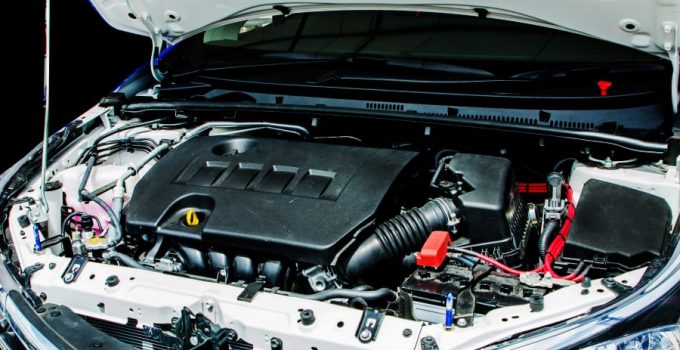
D-4D designates a series of turbocharged and common diesel engines -Rail injection. These are installed in Toyota and Lexus vehicles. …